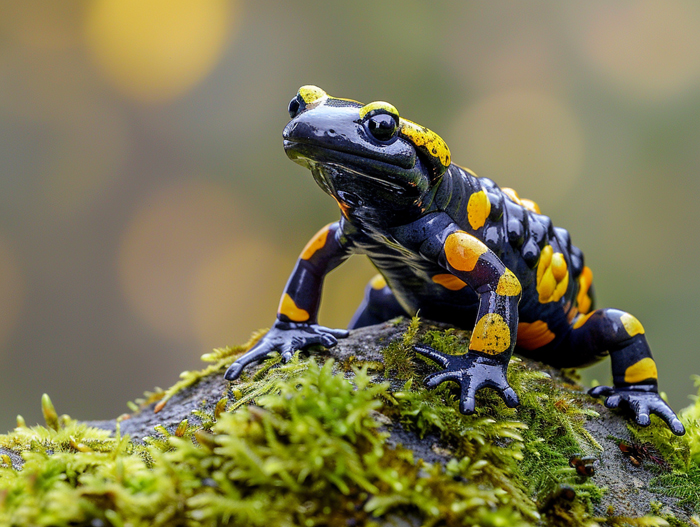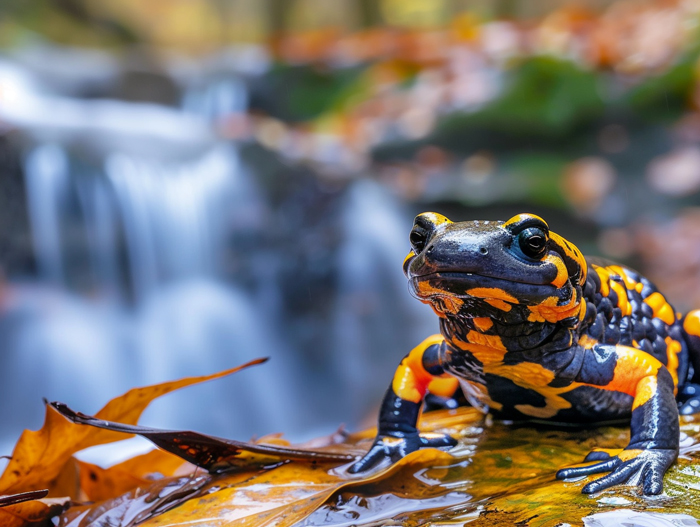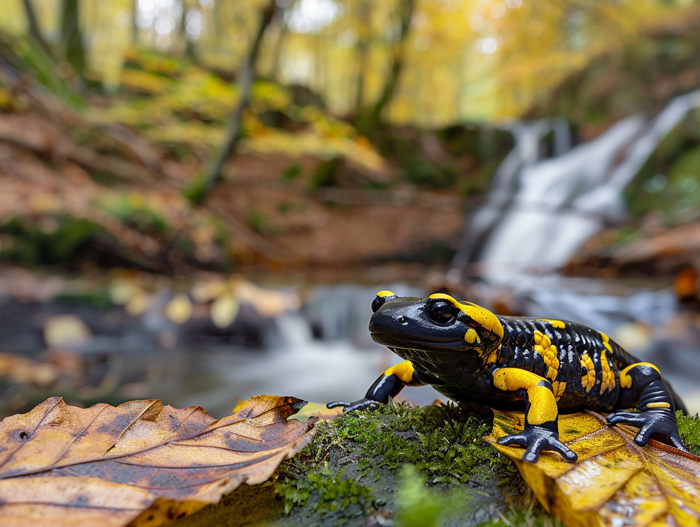Are salamanders nocturnal? If you’ve ever wondered about the mysterious habits of these fascinating creatures, you’re in the right place. Salamanders, with their unique characteristics and behaviors, often leave us curious about their daily routines. In this text, we’ll investigate into the world of salamanders and explore whether they are truly creatures of the night.
From their damp habitats to their intriguing hunting techniques, salamanders have captivated the interest of nature enthusiasts for years. Understanding the activity patterns of these amphibians sheds light on their evolutionary adaptations and survival strategies. Join us as we uncover the secrets of salamanders and unravel the mystery of whether they prefer to roam under the cover of darkness.
Key Takeaways
- Salamanders are primarily nocturnal creatures, active during the night to avoid predators and conserve moisture.
- Their nocturnal behavior aids in predator avoidance, temperature regulation, hunting efficiency, and moisture conservation.
- Salamanders have evolved physiological adaptations, including moist skin for respiration and camouflaging abilities for hunting and avoiding predators.
- Courtship and mating rituals of salamanders often occur at night, contributing to their unique nocturnal lifestyle.
- Research on salamander activity patterns includes field observations and laboratory experiments to gain insights into their nocturnal behaviors.
- Understanding the secretive world of salamanders unveils intriguing facts about their survival strategies and ecosystem functions.
Overview

When considering salamanders and their daily routines, you may wonder, “Are salamanders nocturnal creatures?” Understanding their behavior is key to appreciating these fascinating amphibians. Here’s a closer look at their lifestyle:
- Definition:
- Nocturnal: Active during the night.
- Salamander: Amphibians typically found near water, with slimy, moist skin.
- Habitat:
- Salamanders inhabit various environments, from forests and wetlands to caves and mountain ranges.
- Activity Patterns:
- Most salamander species are indeed nocturnal.
- They avoid predators and conserve moisture by staying active at night.
- Diet:
- Salamanders are carnivorous, feeding on insects, worms, and small invertebrates.
- Their night-time hunting aligns with when their prey is most active.
- Physiological Adaptations:
- Salamanders have moist skin that helps with respiration and staying hydrated.
- Their camouflaging abilities aid in hunting and avoiding predators.
- Behavior:
- Nighttime activity reduces exposure to predators like birds and mammals.
- Courtship and mating rituals often occur at night.
- Conclusion:
- Salamanders’ nocturnal behavior is a crucial aspect of their survival and ecosystem function.
Dive deeper into the secretive world of salamanders to discover more intriguing facts about these enigmatic creatures.
Nocturnal Behavior of Salamanders

What Does Nocturnal Mean?
- Nocturnal animals are primarily active during the night.
- They have adapted senses that are enhanced in low light conditions.
- Salamanders exhibit behaviors like hunting, foraging, and mating mainly during the night to avoid predators and take advantage of reduced competition.
- Predator Avoidance: By being active at night, salamanders reduce their risk of being hunted by diurnal predators.
- Temperature Regulation: Nocturnal activity allows salamanders to avoid extreme daytime temperatures, maintaining their body functions more effectively.
- Hunting Efficiency: Salamanders’ prey, like insects and small invertebrates, are often more active at night, increasing the success of their hunts.
- Conservation of Moisture: Nighttime activity helps salamanders retain moisture, crucial for their skin’s respiration and hydration needs.
Summarizing, the Nocturnal Behavior of Salamanders is a well-adapted strategy that aids in their survival by minimizing risk, optimizing hunting success, and managing essential physiological functions.
Research Studies on Salamander Activity Patterns

Field Observations
- Research studies on salamander activity patterns often involve extensive field observations.
- Experts monitor salamander behaviors in their natural habitats to understand their nocturnal activity.
- Field observations provide valuable insights into the hunting, foraging, and mating behaviors of salamanders.
- Researchers use specialized equipment to observe salamanders without disrupting their natural routines.
- Laboratory experiments play a crucial role in studying salamander activity patterns.
- Controlled environments in labs allow researchers to manipulate variables and observe salamander responses.
- Scientists can analyze salamander behaviors under specific conditions to draw meaningful conclusions.
- Through laboratory experiments, researchers can test hypotheses and explore the factors influencing salamander nocturnal activities.
By conducting both field observations and laboratory experiments, researchers gain a comprehensive understanding of salamander activity patterns, shedding light on their intriguing nocturnal behaviors.
Conclusion
Understanding salamander activity patterns involves a blend of field observations and laboratory experiments. Field studies unveil nocturnal behaviors like hunting and mating, while controlled lab settings offer insights into their responses to various conditions. By merging these methodologies, researchers unlock a holistic view of salamander activities, shedding light on their captivating nocturnal tendencies.

Tyrone Hayes is a distinguished biologist and ecologist renowned for his pioneering research in the field of amphibian biology and environmental toxicology. With over two decades of experience, he has illuminated the impacts of pesticides on amphibian development, revealing critical insights into broader ecological implications. Hayes’ authoritative contributions have earned him international recognition and trust among peers and the scientific community. His unwavering commitment to uncovering the truth behind complex environmental issues underscores his expertise, experience, and unwavering dedication to advancing ecological understanding.
